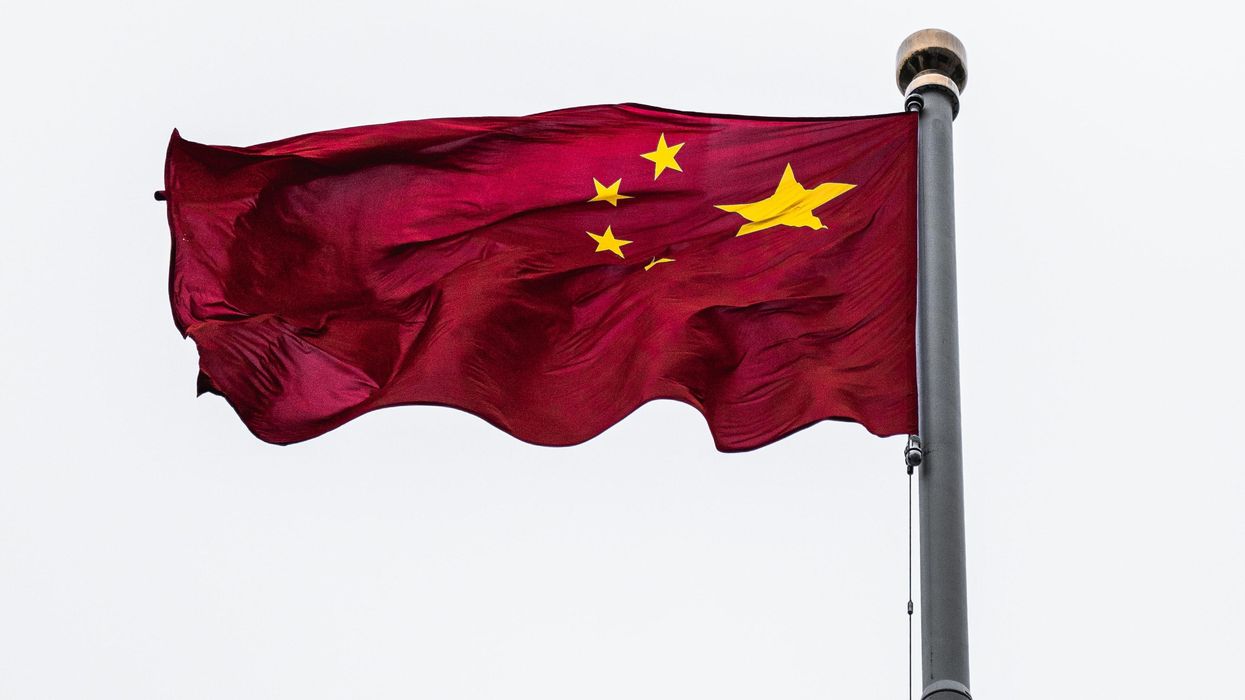
Beginning in the late 1970s, a series of Chinese leaders embraced market-based reforms that opened up the nation’s economy and integrated it further into the global trading system. These steps brought hundreds of millions of Chinese out of poverty and raised hopes among U.S. leaders that China would be a strategic partner, not an adversary. But under President Xi Jinping, the Chinese Communist Party has exerted tighter control over its people and its economy at home and has struck an increasingly belligerent tone abroad. Xi is determined to make his country the world’s foremost global power. Here are just a few ways he is aiming to strengthen China and weaken the United States.
Military
From military exercises around Taiwan to constructing new air force bases in the South China Sea, China under Xi has become one of the world’s most formidable militaries, and Xi wants to demonstrate he is prepared to use it to defend what it sees as its sphere of influence and economic interests. China has ramped up its military spending in recent years, with plans to quadruple its nuclear arsenal by 2030, according to the Pentagon. It is taking a lead in hypersonic missile technology, enabling delivery of lethal force at five times the speed of sound. At the same time, China’s annual military budget is still just one-third that of the U.S.
Economic
While China has surpassed the U.S. as the world’s largest economy, Americans still have much higher per capita incomes than China. China is also integral to global supply chains as the world’s top manufacturer and shipping center. The Chinese Communist Party’s Made in China 2025 plan is an overt declaration by Beijing of its intent to dominate emerging industries and sectors such as supercomputing, artificial intelligence, and robotics. The U.S. and other countries have long struggled to crack down on unfair trade practices, intellectual property violations, and industrial espionage. In recent years, both the U.S. government and U.S. companies have sought to respond to this threat and to make supply chains less dependent on China.
Political
China is using its economic clout to shore up political ties with countries all over the world. Its Belt and Road Initiative is an ambitious development and investment initiative stretching from East Asia to Europe. By creating a network of railways, energy pipelines, highways, and streamlined border crossings, Xi aims to increase China’s economic and political influence through Central Asia, Pakistan, India, and Southeast Asia. China is also South America’s top trading partner and a major source of both foreign direct investment and lending in energy and infrastructure. In addition, China is leveraging its economic might to further its strategic goals in Africaas well, with a strategic eye on gaining reliable access to the continent’s vast mineral and energy resources.

